
How to use Redis and Dart to develop real-time scheduling function
In modern society, with the tightness of time and the increase of tasks, the scheduling function has become a daily life of many people and an integral part of the job. In order to improve efficiency and make scheduling more real-time, it is a good choice to develop real-time scheduling functions using Redis and Dart. This article will introduce how to use Redis and Dart to implement this function, and provide specific code examples.
- Introduction to Redis
Redis is a high-performance memory-based key-value storage system with fast read and write capabilities and rich data structure support. Redis can be used to store and process large amounts of data and provide data persistence capabilities. In the scheduling function, we can use Redis to store the user's scheduling data and achieve real-time updates and notifications through its Pub/Sub function.
- Redis installation and configuration
First, you need to install Redis locally or on the server and perform related configurations. For specific installation steps, please refer to the official Redis documentation. After the installation is complete, you can use the command line or graphical interface tools (such as Redis Desktop Manager) to connect to the Redis server.
- Dart installation and configuration
Next, you need to install and configure the Dart development environment. You can go to the Dart official website to download the latest Dart SDK, and install and configure it according to the documentation. After the installation is complete, you can use the Dart command line tool or an integrated development environment (such as Visual Studio Code) to develop and debug Dart projects.
- Develop real-time scheduling function
Below we will introduce in detail how to use Redis and Dart to develop real-time scheduling function and provide code examples.
4.1 Create a Redis connection
In Dart, you can use the "dart_redis" package to connect and operate Redis. First, you need to add dependencies in the project's pubspec.yaml file:
dependencies:
dart_redis: any
Then, execute the "pub get" command to download the dependency package. Next, you can import the "dart_redis" package in the Dart code and create a Redis connection:
import 'package:dart_redis/dart_redis.dart';
void main() async {
final redis = RedisClient();
await redis.connect("127.0.0.1", 6379);
print("Redis connected!");
// You can proceed after the connection is successful Related operations...
}
4.2 Storing and obtaining schedule data
In Redis, you can use the Hash data structure to store schedule data. Each user's schedule can be stored as a Hash, where Key is the user ID, Field is the schedule ID, and Value is the detailed information of the schedule. You can use the HSET and HGET commands for storage and retrieval operations.
The following is a sample code for storing schedule data in Redis:
void saveSchedule(String userID, String scheduleID, Map
await redis .hset(userID, scheduleID, schedule.toString());
}
Among them, userID is the user ID, scheduleID is the schedule ID, and schedule is the detailed information of the schedule.
You can use the following code to get all schedule data for a specified user:
void getSchedule(String userID) async {
final result = await redis.hgetall(userID);
result.forEach((key, value) {
print("Schedule $key: $value");});
}
4.3 Real-time updates and notifications
In order to realize real-time schedule updates and notifications function, you can use the Pub/Sub function of Redis. You can create a subscription channel for each user and send notifications when the schedule is updated.
The following is a sample code to send a schedule update notification to the user:
void sendScheduleUpdateNotification(String userID, String scheduleID) async {
await redis.publish(userID, scheduleID);
print("Notification sent to user $userID for schedule $scheduleID");
}
You can use the following code to subscribe to the user's channel and handle updates when notifications are received:
void subscribeToScheduleUpdates(String userID) async {
final subscription = await redis.subscribe(userID);
subscription.listen((message) {
print("Received schedule update notification for user $userID: $message");
// 在这里处理日程更新...});
}
- Summary
This article introduces how to use Redis and Dart to develop real-time scheduling functions. By using Redis to store scheduling data and using its Pub/Sub function to achieve real-time updates and notifications, the real-time nature and efficiency of scheduling can be improved. The above is a basic implementation example, and specific functions and business logic can be expanded and optimized according to actual needs. I hope this article will be helpful to your development work!
The above is the detailed content of How to develop real-time scheduling functionality using Redis and Dart. For more information, please follow other related articles on the PHP Chinese website!
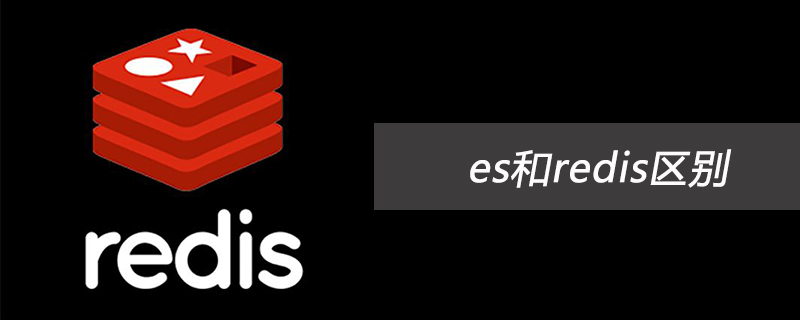 es和redis区别Jul 06, 2019 pm 01:45 PM
es和redis区别Jul 06, 2019 pm 01:45 PMRedis是现在最热门的key-value数据库,Redis的最大特点是key-value存储所带来的简单和高性能;相较于MongoDB和Redis,晚一年发布的ES可能知名度要低一些,ES的特点是搜索,ES是围绕搜索设计的。
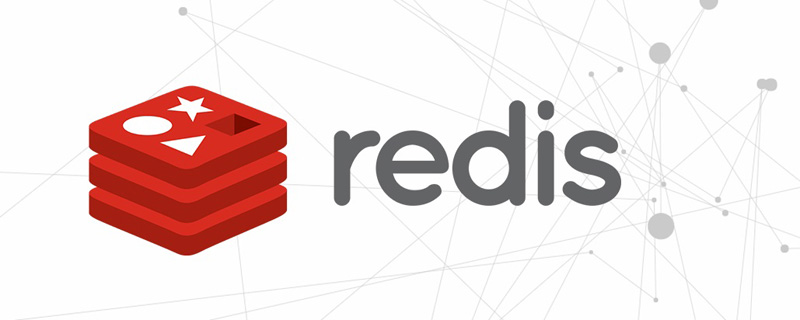 一起来聊聊Redis有什么优势和特点May 16, 2022 pm 06:04 PM
一起来聊聊Redis有什么优势和特点May 16, 2022 pm 06:04 PM本篇文章给大家带来了关于redis的相关知识,其中主要介绍了关于redis的一些优势和特点,Redis 是一个开源的使用ANSI C语言编写、遵守 BSD 协议、支持网络、可基于内存、分布式存储数据库,下面一起来看一下,希望对大家有帮助。
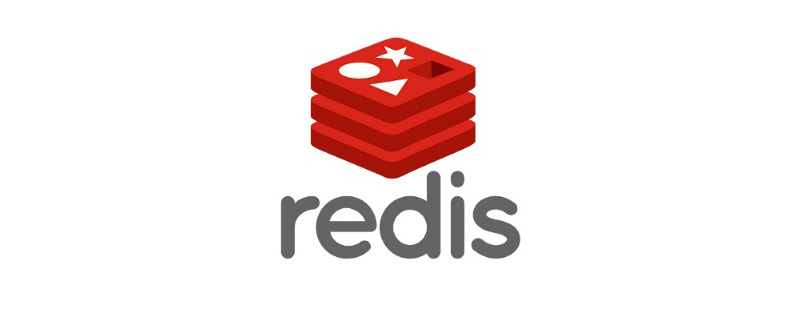 实例详解Redis Cluster集群收缩主从节点Apr 21, 2022 pm 06:23 PM
实例详解Redis Cluster集群收缩主从节点Apr 21, 2022 pm 06:23 PM本篇文章给大家带来了关于redis的相关知识,其中主要介绍了Redis Cluster集群收缩主从节点的相关问题,包括了Cluster集群收缩概念、将6390主节点从集群中收缩、验证数据迁移过程是否导致数据异常等,希望对大家有帮助。
 Redis实现排行榜及相同积分按时间排序功能的实现Aug 22, 2022 pm 05:51 PM
Redis实现排行榜及相同积分按时间排序功能的实现Aug 22, 2022 pm 05:51 PM本篇文章给大家带来了关于redis的相关知识,其中主要介绍了Redis实现排行榜及相同积分按时间排序,本文通过实例代码给大家介绍的非常详细,对大家的学习或工作具有一定的参考借鉴价值,希望对大家有帮助。
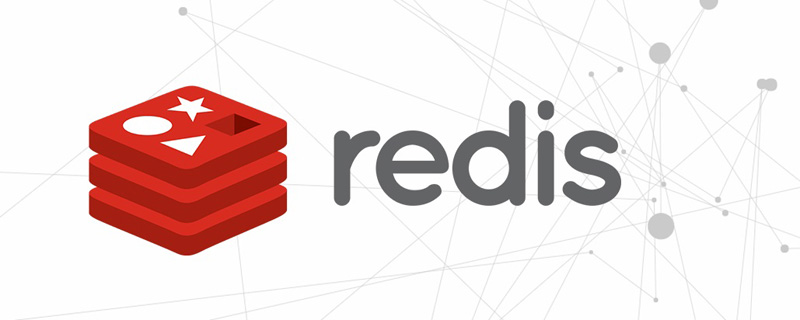 详细解析Redis中命令的原子性Jun 01, 2022 am 11:58 AM
详细解析Redis中命令的原子性Jun 01, 2022 am 11:58 AM本篇文章给大家带来了关于redis的相关知识,其中主要介绍了关于原子操作中命令原子性的相关问题,包括了处理并发的方案、编程模型、多IO线程以及单命令的相关内容,下面一起看一下,希望对大家有帮助。
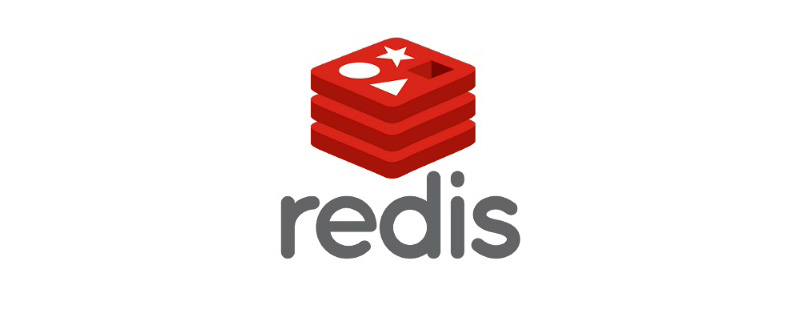 实例详解Redis实现排行榜及相同积分按时间排序功能的实现Aug 26, 2022 pm 02:09 PM
实例详解Redis实现排行榜及相同积分按时间排序功能的实现Aug 26, 2022 pm 02:09 PM本篇文章给大家带来了关于redis的相关知识,其中主要介绍了Redis实现排行榜及相同积分按时间排序,本文通过实例代码给大家介绍的非常详细,下面一起来看一下,希望对大家有帮助。
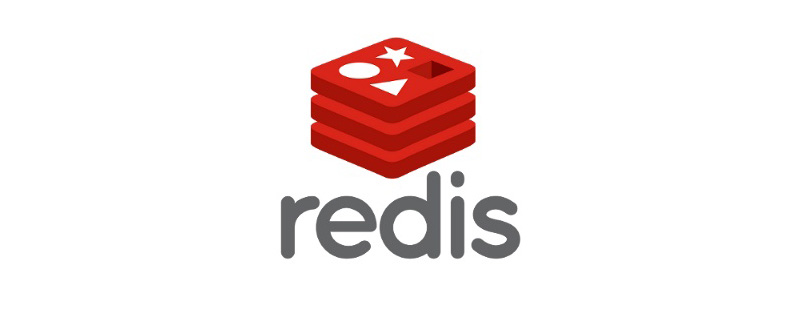 一文搞懂redis的bitmapApr 27, 2022 pm 07:48 PM
一文搞懂redis的bitmapApr 27, 2022 pm 07:48 PM本篇文章给大家带来了关于redis的相关知识,其中主要介绍了bitmap问题,Redis 为我们提供了位图这一数据结构,位图数据结构其实并不是一个全新的玩意,我们可以简单的认为就是个数组,只是里面的内容只能为0或1而已,希望对大家有帮助。
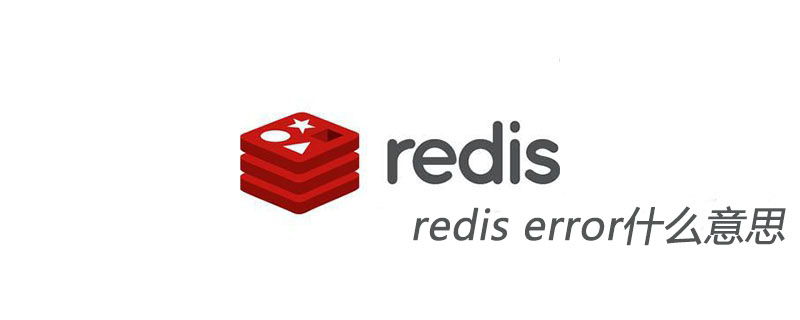 redis error什么意思Jun 17, 2019 am 11:07 AM
redis error什么意思Jun 17, 2019 am 11:07 AMredis error就是redis数据库和其组合使用的部件出现错误,这个出现的错误有很多种,例如Redis被配置为保存数据库快照,但它不能持久化到硬盘,用来修改集合数据的命令不能用。


Hot AI Tools

Undresser.AI Undress
AI-powered app for creating realistic nude photos

AI Clothes Remover
Online AI tool for removing clothes from photos.

Undress AI Tool
Undress images for free

Clothoff.io
AI clothes remover

AI Hentai Generator
Generate AI Hentai for free.

Hot Article

Hot Tools

ZendStudio 13.5.1 Mac
Powerful PHP integrated development environment

mPDF
mPDF is a PHP library that can generate PDF files from UTF-8 encoded HTML. The original author, Ian Back, wrote mPDF to output PDF files "on the fly" from his website and handle different languages. It is slower than original scripts like HTML2FPDF and produces larger files when using Unicode fonts, but supports CSS styles etc. and has a lot of enhancements. Supports almost all languages, including RTL (Arabic and Hebrew) and CJK (Chinese, Japanese and Korean). Supports nested block-level elements (such as P, DIV),

SecLists
SecLists is the ultimate security tester's companion. It is a collection of various types of lists that are frequently used during security assessments, all in one place. SecLists helps make security testing more efficient and productive by conveniently providing all the lists a security tester might need. List types include usernames, passwords, URLs, fuzzing payloads, sensitive data patterns, web shells, and more. The tester can simply pull this repository onto a new test machine and he will have access to every type of list he needs.

WebStorm Mac version
Useful JavaScript development tools

DVWA
Damn Vulnerable Web App (DVWA) is a PHP/MySQL web application that is very vulnerable. Its main goals are to be an aid for security professionals to test their skills and tools in a legal environment, to help web developers better understand the process of securing web applications, and to help teachers/students teach/learn in a classroom environment Web application security. The goal of DVWA is to practice some of the most common web vulnerabilities through a simple and straightforward interface, with varying degrees of difficulty. Please note that this software






